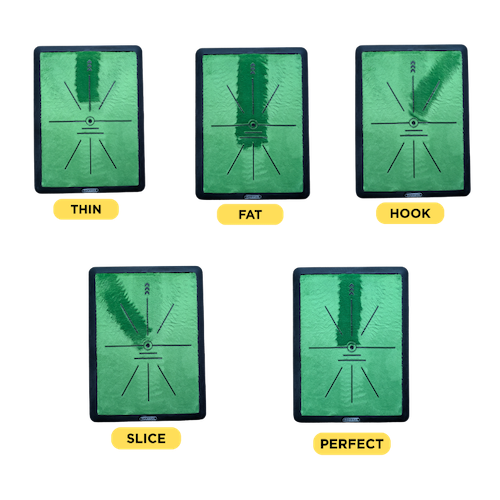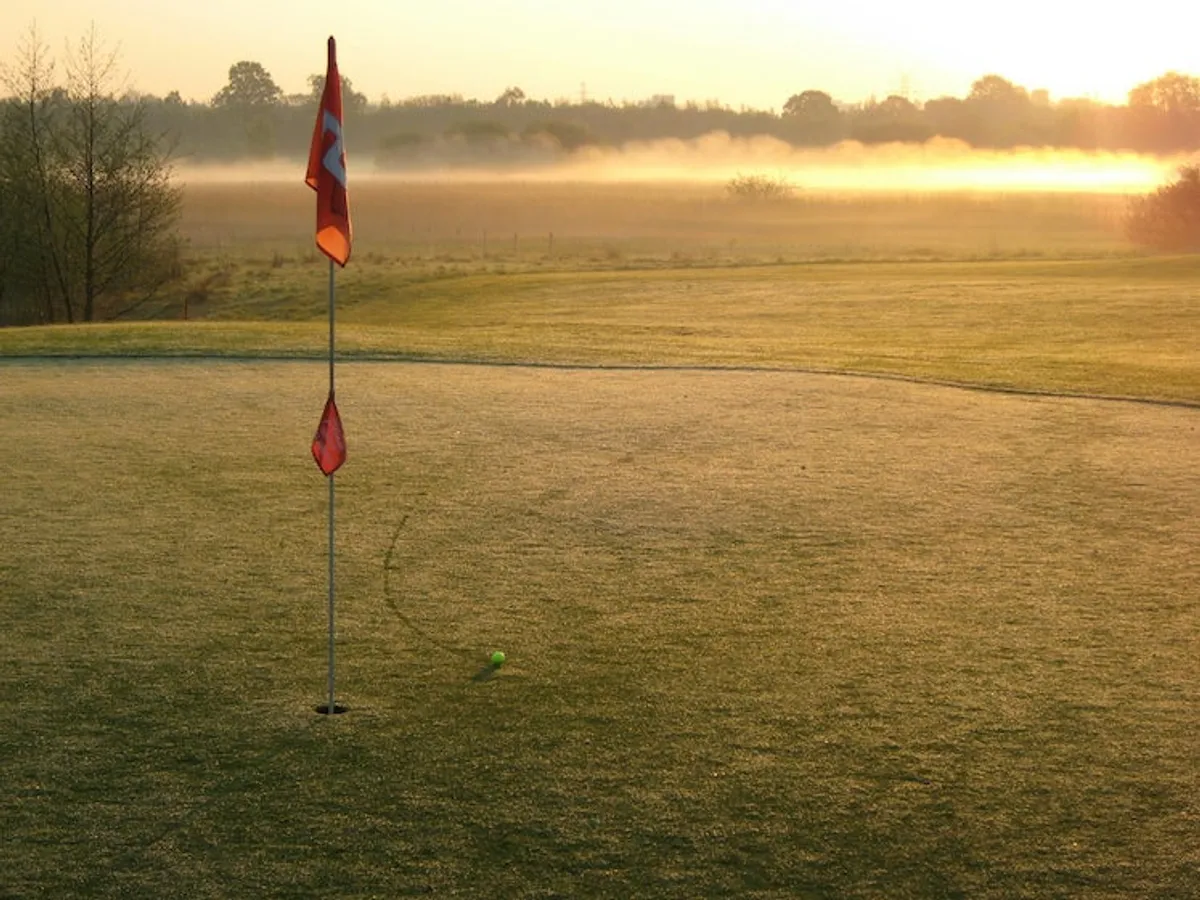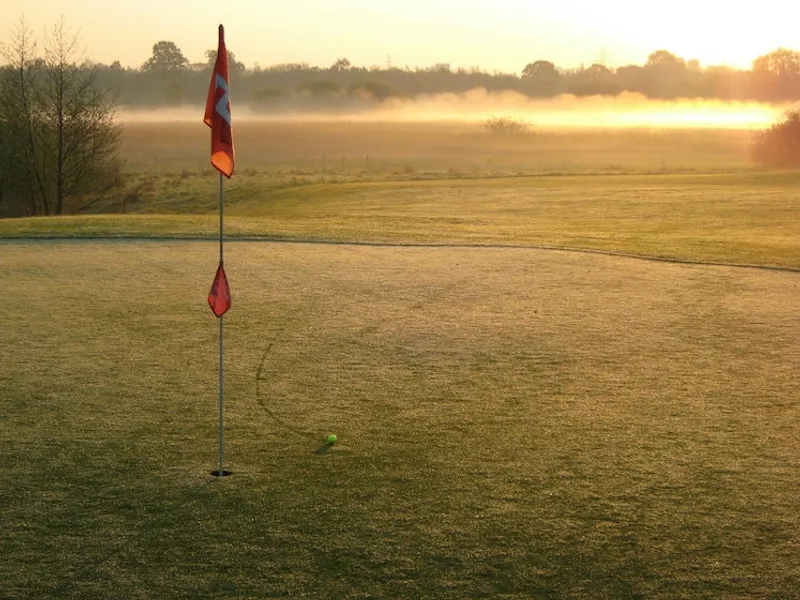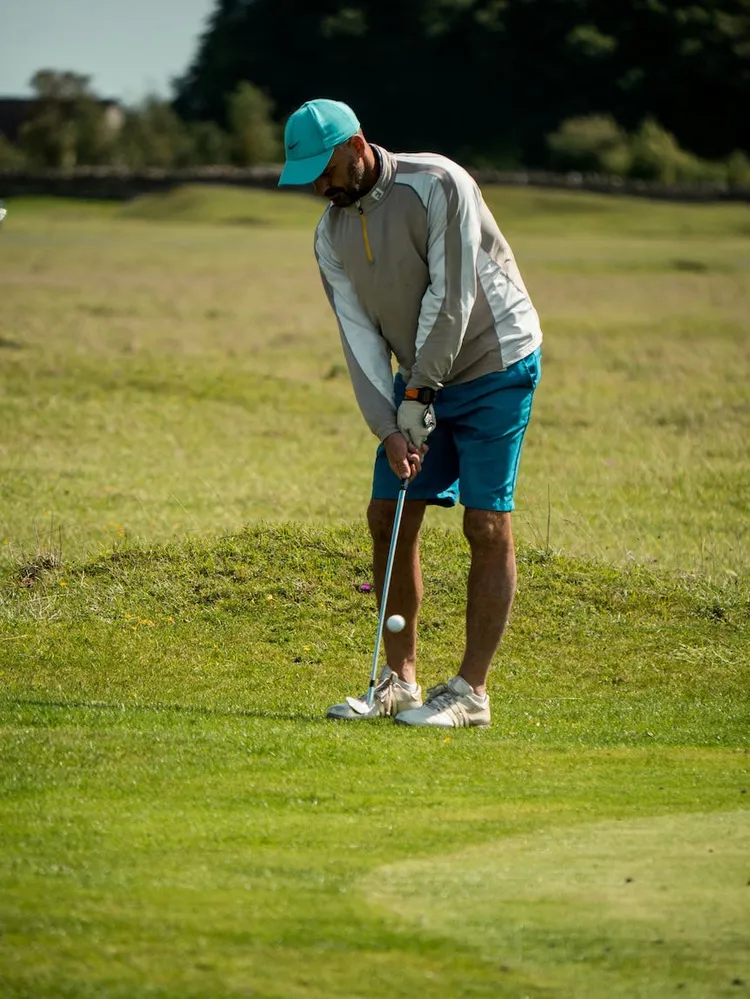Shortening your golf swing can seem counterintuitive, especially when so much instruction revolves around creating a full, flowing movement. Yet, many players discover that a shorter backswing offers valuable gains in consistency and control, reducing the chances of misalignment and mishits.
Rather than drawing the club back until it’s parallel to the ground, a short backswing stops earlier, creating a more compact motion. This article explores the reasons behind the success of such a technique, highlights the mechanical principles that make it effective, and offers insights on how to overcome the most common challenges when transitioning away from a traditional full swing.
Understanding the Short Backswing
A short backswing condenses the club’s journey in the initial phase of the swing. Instead of pulling the club back until it’s fully parallel to the ground, golfers stop at a position that feels controlled and compact. By reducing the arc, the motion becomes simpler to replicate, lowering the risk of unintentional movements that throw off the clubface angle at impact.
This condensed approach doesn’t merely mean “swing less”; it’s a purposeful technique grounded in consistency. A shorter backswing can position the body in a stable, ready-to-accelerate stance. The goal is to maintain fluidity even if the range of motion appears limited. While it may feel unusual at first, especially for those used to a sweeping backswing, many find that the club still packs enough power for shots requiring precision and tighter dispersion.
How to Fix Swing Flaws From Home Without a Coach or Expensive Gadgets
Struggling with thins, fats, slices—or just can’t tell what’s going wrong?
This swing mat shows you exactly how your club strikes the ball, giving instant visual feedback after every shot. With just a few swings, you’ll start spotting mistakes in your swing path that are otherwise invisible.

It’s a quick, low-hassle way to connect what you feel in your body with what’s really happening at impact.
Use it indoors or out, no ball required—just swing and learn. It’s one of the fastest ways to improve your swing right from home.
Why Embrace a Compact Backswing
A principal benefit of using a short backswing is enhanced consistency. By minimizing unnecessary movement, you reduce the likelihood of drifting or losing your posture mid-swing. This stable yet efficient form often translates into more predictable ball-striking, especially on approach shots. With the swing less prone to wandering, it becomes easier to achieve a smooth tempo from start to finish, improving both balance and shot accuracy.
Another key advantage is the ability to control distance more precisely. A shorter arc can be particularly helpful near the green, where subtle misjudgments may lead to chunked or thin shots. By honing in on a more measured range of motion, you’re better equipped to manage your swing speed and deliver consistent strikes that repeatedly find the target. Although the shortened form might appear less dramatic, it often yields a more direct impact and a tighter shot pattern that can boost confidence across all kinds of lies and conditions.
The Mechanics of a Short, Slow Backswing
A short, deliberate backswing works so well in large part because it simplifies the pattern of motion. When the club travels through a smaller arc, it leaves less room for unintended deviations. Reducing the amplitude keeps the arms and torso moving in harmony, so subtle changes in rotation or posture are less likely to creep in.
With a more compact swing, it also becomes easier to absorb and redirect energy in a controlled way. Moving the club slowly and deliberately encourages your muscles to build and release tension smoothly rather than in an abrupt jolt. By establishing a measured tempo, you allow the body to decelerate cleanly before impact, ensuring your sequencing remains intact. This cooperative effort between the shoulders, hips, and arms fosters a fluid transition from backswing to downswing, delivering the clubhead to the ball with purposeful timing.
Overcoming Common Challenges
Keeping the Club Square
One obstacle golfers face when abbreviating their swing is maintaining a square clubface. With less distance to adjust the face during the transition, even small missteps in grip or setup may cause the clubface to twist. To address this, many players use a mirror or video recordings of their swing to watch the clubface position at the top, focusing on keeping it aligned. Fine-tuning grip pressure can further help reduce the tendency to over-rotate or under-rotate through impact, preserving a square face as the club meets the ball.
Refining Timing and Rhythm
A shorter backswing demands a recalibration of your usual tempo. The cadence of a full swing is often ingrained as muscle memory, making the compact motion initially feel rushed or out of sync. Slow, deliberate practice sessions can help, as can tracking your backswing and downswing pace with a counting method or metronome app. By practicing at a deliberately measured speed, you train your muscles to adapt to the shortened motion, building a fresh, reliable rhythm that holds up under pressure.
Adapting to a New Swing Feel
Transitioning from a spacious backswing to a more confined one can feel foreign. It’s common to question whether the swing will generate enough power or if the movement is correctly targeting the ball. Drills that emphasize a concise backswing from a neutral setup can bolster your familiarity with this new range. Some golfers discover that using alignment sticks or marking the ground helps anchor their stance and guide the club along a proper path. As you grow more comfortable, gradually reintroduce a slightly larger arc if desired, while retaining the beneficial compactness of the shorter backswing.
Conclusion
A measured, concise backswing can grant golfers a steadier platform for shot-making, allowing for reduced swing variability and sharper distance management. By confining the range of motion, you more reliably connect the clubface to the ball with a consistent, stable rhythm that heightens confidence in high-pressure situations.
To harness these benefits, focus on controlling the pace of your swing during practice and regularly check your form using video or mirrors. Give your muscles time to adjust to the streamlined motion, and build trust in the emerging rhythm. The more comfortable you become with this compact style, the more naturally it will integrate into the rest of your game, ultimately fostering improved accuracy, consistency, and comfort on the course.







